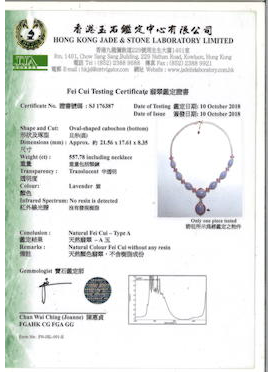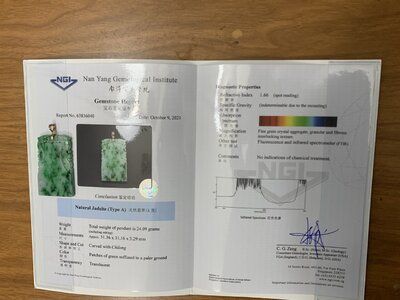- Joined
- Aug 15, 2000
- Messages
- 19,105
Exactly what It want to build as a resource.Don’t know but it does make me avoid any significant purchases based on certain labs/certs. Or I double certify the stone with another local lab that I trust before I buy.
A trust and expertise ranking.
It's easy to trust some. But those labs are not as accessible as the ones closer to gem sources.





300x240.png)